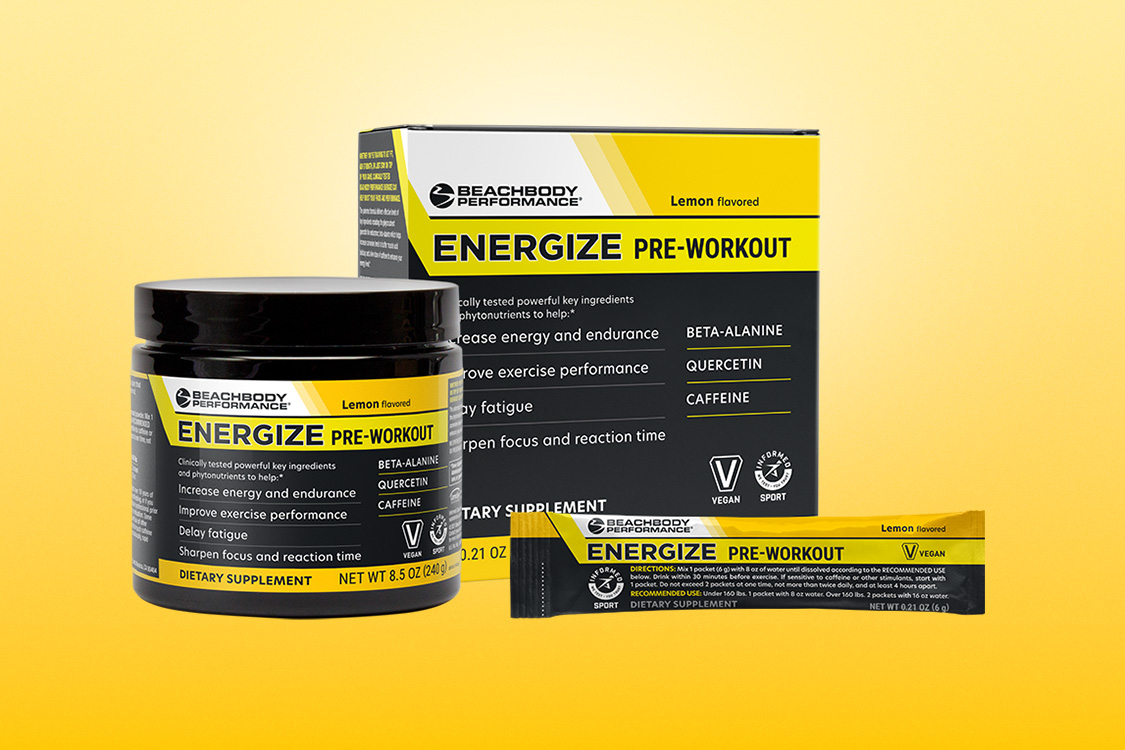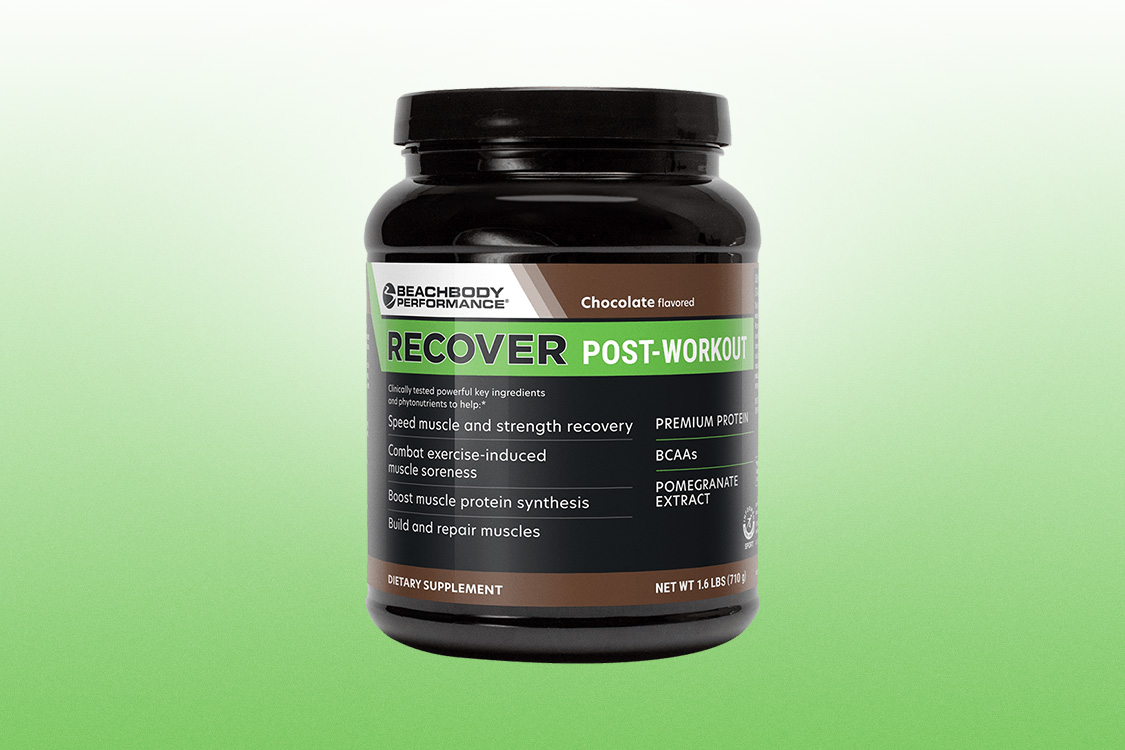Exercise To Relieve Stress
From Team Beachbody - Click here for resources, tools and
information to help you to reach your health, fitness and positive lifestyle
goals!
The best way to relieve stress might be just the opposite of what
you’d think!
The therapeutic
benefits of regular exercise are well documented. Study after study has shown
that it increases health and general well being. It’s been said that if
exercise were a drug, it would be the most powerful medication on earth.
However, it still seems difficult to get people to workout on a regular basis.
When life gets hectic, it’s generally the first thing that gets crossed
off the “to do” list. In reality, it should be the last. It’s an
industry standard to tell people that they should consult a physician before
beginning an exercise program. Based on the scientific evidence, it would be
more appropriate to consult a physician before parking yourself on the
Laz-E-Boy for a session with the TV.
"Often times,
my clients say they are too stressed to find time to work out, however the fact
is, they are probably too stressed not to work out,” says triathlete and
LA-based fitness trainer Erica Nemmers. “Exercise releases hormones into
the body that allow people to bring balance into their lives and focus better
on everything they do. It is the natural remedy that brings the body into
homeostasis in a hectic world that constantly threatens to throw us out of that
balance."
The evidence is
clear; there's no doubt that physical exercise has a positive effect on stress
and can calm the mind and relax the body. Exercise releases endorphins, the
body’s “feel good hormones,” and in as little as 20 minutes a
day, can change your entire outlook on life.
What type of
exercise is best?
So, okay,
exercise relieves stress, but what kind of exercise is the best? That depends
on the individual. People have different environments that cause stress: work,
home, traffic, etc. For example, if you work on your feet all day you might
benefit more from a stretching-based workout, like Ho' Ala ke Kino,
yoga, or Debbies Slim and Limber video, because you are constantly
contracting your muscles, which makes you tense. But a person that is more
sedentary and, say, sits in front of a computer all day might need more of a
strength-based program to keep your muscles from atrophying. The bottom line,
however, is that something, no matter what, is almost always better than
nothing.
How long is
long enough?
This is another
variable situation but, again, any exercise at all is a million times better
than none. After 20 minutes of exercise the brain starts releasing epinephrine
and endorphins into the system, which lower tension and help stress
stabilization. But even if you can’t take 20 minutes or more, you
shouldn’t just throw in the towel. Even a 5 minutes stretch and breathing
session can provide a calming effect that can last for hours.
Not sold
yet? Here is a list of 10 ways that exercise will de-stress your
life.
1. Detoxifying: During the stress response,
nearly 1,500 biochemical reactions occur in the body. Neurotransmitters (also
known as “brain signals”) are activated, hormones are released, and
nutrients are metabolized. Some body systems, like the cardiovascular system,
accelerate their functions while others, like the gastrointestinal system, slow
down their operations in response to stress. This is commonly referred to as
the fight or flight response, meaning that regular exercise allows the body to
return to homeostasis faster and reduce the physical impact of psychosocial
stress.
2. Anger Management: Research has documented the
important role that expression or repression of anger and hostility plays in
disease progression. Physical activity can be a healthy catharsis for this most
caustic of emotions. It can provide a socially acceptable means of physically
releasing negative energy. No matter what you do, be it kickboxing or yoga; the
physical release of energy appears to dissipate feelings of anger in a positive
way.
3. Moving Meditation: Certain exercises require a
fairly consistent repetitive motion that can alter one's state of
consciousness. Such as the Zen practice of walking meditation, the
physiological effect is similar to what happens during meditation. Breathing
and movement act as a mantra and may be responsible for the feelings of
calmness and tranquility.
4.
Introspection:
Exercise can be a solitary escape from the daily toils and pressures of a
stressful society. It can provide a mini vacation that allows one to recharge
their energy levels to deal with conflicts when they return. Others use this
time to self reflect on issues of importance, or to stimulate creative problem
solving.
5. Reduction of Muscular
Tension: During
stress, muscles contract and lose their normal resting muscle tone. Bouts of
physical activity allow muscles to work, thereby releasing stored energy and
allowing muscle groups to return to their normal resting potential. This action
also reduces discomfort associated with muscular tension, like tension
headaches, arthritic joint pain, backaches, etc.
6. Endorphins: As stated before, endorphins
have been shown to increase during physical activity of twenty minutes or more.
Chemically similar to opiate compounds, this morphine-like substance has been
shown to provide a pain relieving effect and promote a sense of euphoria –
and it’s legal! The actual way endorphins work on the body is debated.
Most of the controversy has to do with our inability to measure chemical
changes that occur on the other side of the blood brain barrier. Regardless of
the neuro-chemical reaction or other mechanisms that initiate changes in
emotional status, this phenomenon does seem to exist. The positive mood states
associated with frequent exercise are so significant that some have suggested
that this is a more effective treatment for clinical depression than either
psychotherapy or the use anti-depression drugs.
7. Increased
Awareness:
Physically fit individuals tend to develop an increased sense of somatic
awareness, meaning that they become more in tune with their bodies. Thus, they
are able to detect subtle changes in their physiology that they were previously
unaware of, such as breathing patterns, reactions to diet and exercise, quality
of sleep, etc. This new awareness allows people to be able to circumvent the
physiological process of stress before it can cause problems.
8. Decreased Boredom: Too little stress in one's life
can be just as upsetting as too much stress. It is natural for humans to seek
out stimulation and excitement. For some, the opportunity for physical
challenges is the most interesting part of life. At the far end of the scale
are those who practice high-risk activities such as extreme skiing, skydiving,
and rock climbing. By constantly testing themselves, individuals learn how to
take on higher and higher loads of stress. The learning that ensues transfers
over to stress that is experienced in daily life. All exercise accomplishes
this to some degree.
9. Improvement in Sleep:
A symptom of stress
overload can be the inability to get adequate rest. A fatigued individual is
less able to perform at a high level. Exercise has been shown to be very
effective in helping some people fall asleep easily and sleep more soundly.
10. Stronger Immune
System: The
better shape you’re in, the stronger your immune system will be. When fit
people become ill or injured, they will demonstrate more stamina and greater
resiliency to fighting the discomfort. They will also recover more quickly.
|
Exercise
Tip: The 2-minute De-Stressor
If you’re
fed up and need to reduce your stress in an instant, here’s something you
can do when you can't "press play." Take 2 minutes to bring your body into
focus. This quick and simple stretch and breathing exercise may seem similar to
how you start any Beach Body workout, but can be effective on its own to
re-focus your mind and body.
1. Standing tall, lift your head up so that
you stretch your neck. Take a deep slow breathe in through your nose, pulling
it down deep into your lungs.
2. Slowly exhale while turning your head to
the right and then to the left. Dip your head and return to looking straight
ahead.
3. Keep breathing with this deep, slow
pattern and slowly rotate your head in a clockwise and then counter-clockwise
direction, keeping your chin to your chest and shoulders.
4. Take your shoulders back as far as they
will go. Lift your left shoulder and relax it down again. Now swap and lift and
relax your right shoulder.
5. Swing your right arm slowly in a full
circular movement to free the shoulder. Swing your left arm in the same way.
6. Raise and relax both shoulders. Keep
breathing slowly.
7. Put your right hand over your right
shoulder and touch your left shoulder blade. Repeat with your left hand to your
right shoulder.
8. Repeat 10 times, focusing solely on your
breathing the entire time. |





